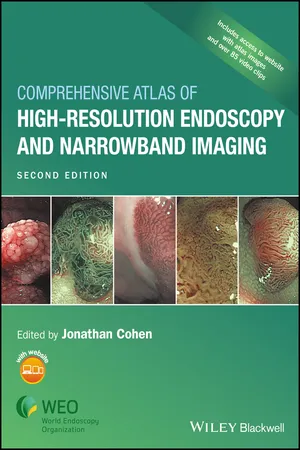
- English
- ePUB (mobile friendly)
- Available on iOS & Android
Comprehensive Atlas of High-Resolution Endoscopy and Narrowband Imaging
About this book
Previous edition won First Prize in the Gastroenterology category of the 2008 BMA Medical Book Competition
High-resolution endoscopy and narrowband imaging have revolutionized the field. Edited by a gastroenterologist with a reputation for delivering outstanding material, this new edition of an award-winning atlas provides you with an outstanding collection of images, videos, and expert diagnostic guidance to enhance your decision making.
To accelerate your learning, Dr. Cohen offers more than 2000 endoscopic images, emphasizing conditions for which NBI is particularly useful – such as finding dysplasia in Barrett's mucosa, and diagnosing adenomatous colon polyps – and providing exceptional preparation for the future of endoscopy practice, with a broad new look at normal and abnormal findings throughout the GI tract.
The book is divided into three main parts:
- The basics of NBI
- Clinical applications of NBI
- Atlas of 1600 color images, broken into sections on the pharynx and esophagus, stomach, small intestine, and colon, including correlating histopathology and multiple examples of key pathologies
The accompanying website features more than 85 video clips containing over 3 hours of annotated video, to give you a complete sense of how HRE and NBI work and look in real time, including during therapeutic procedures.
All of the over 1000 new images appear in much brighter color, reflecting the advance in scope technology since the first edition. New chapters have been added to present the data supporting increased use of NBI in optical diagnosis and in the context of therapeutic procedures. For the first time, brilliant images of the bile duct and pancreas are included as the imaging revolution has expanded to reach these new locations. This spectacular new imaging modality promises to enhance endoscopic decision making in real time, facilitate therapeutic maneuvers, make tissue sampling more precise, and make resection of mucosal neoplasia more complete.
Expertly guiding you through the latest advances, this book facilitates your mastery of the field, and provides an up-to-date reference for gastroenterologists and endoscopists to improve their practice.
Frequently asked questions
- Essential is ideal for learners and professionals who enjoy exploring a wide range of subjects. Access the Essential Library with 800,000+ trusted titles and best-sellers across business, personal growth, and the humanities. Includes unlimited reading time and Standard Read Aloud voice.
- Complete: Perfect for advanced learners and researchers needing full, unrestricted access. Unlock 1.4M+ books across hundreds of subjects, including academic and specialized titles. The Complete Plan also includes advanced features like Premium Read Aloud and Research Assistant.
Please note we cannot support devices running on iOS 13 and Android 7 or earlier. Learn more about using the app.
Information
Part 1
The Basics of NBI
1
Narrowband imaging: historical background and basis for its development

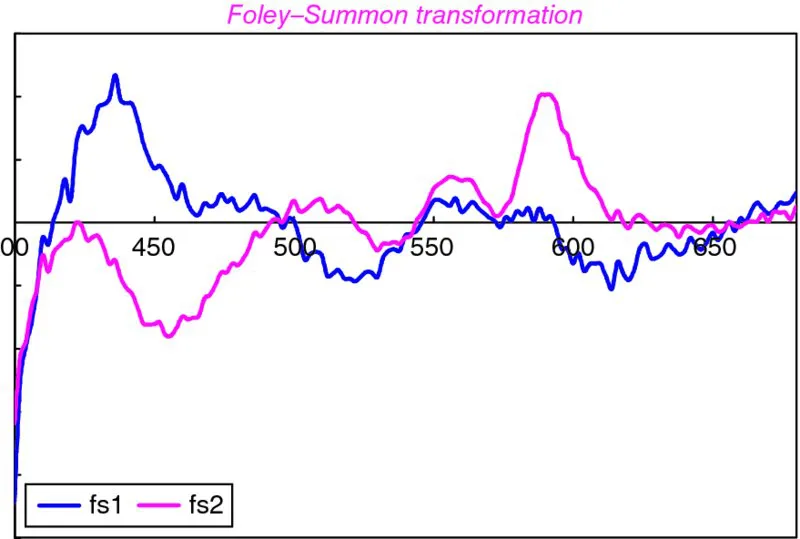
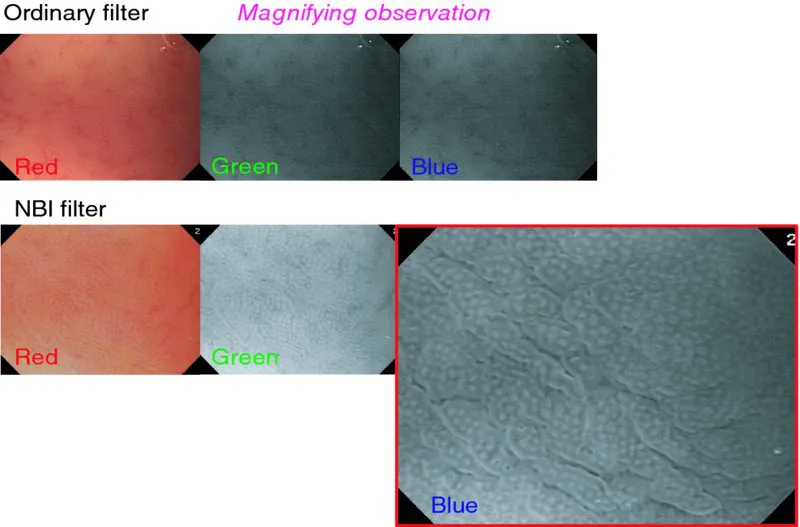
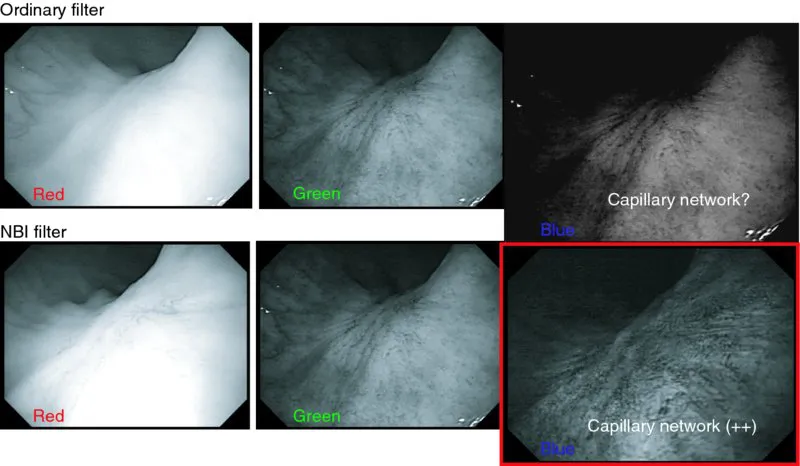
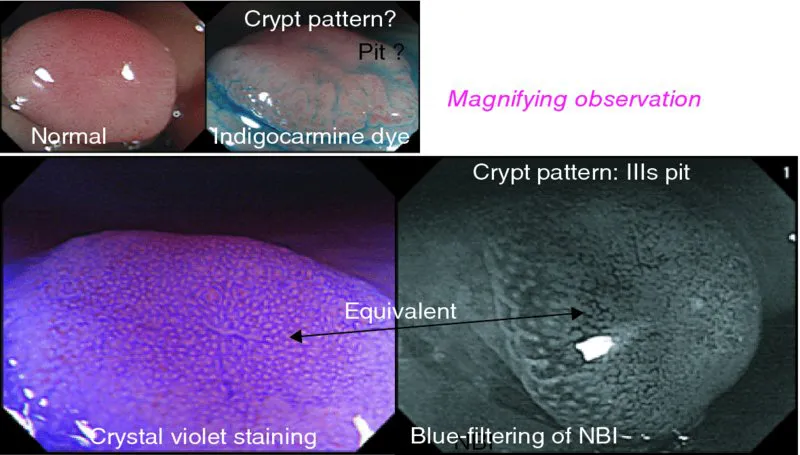
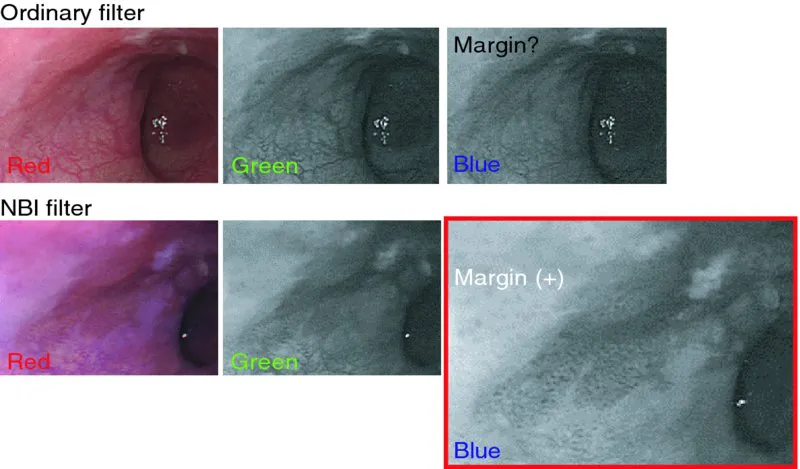
Table of contents
- Cover
- Dedication
- Title Page
- Copyright
- Preface
- Acknowledgments
- Contributors
- About the Companion Website
- List of videos illustrating key procedures
- Part 1: The Basics of NBI
- Part 2: Application of High-Resolution Endoscopy and NBI in Diagnosis and Therapy
- Part 3: Atlas of Images and Histopathologic Correlates
- Index
- EULA